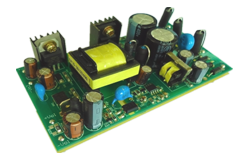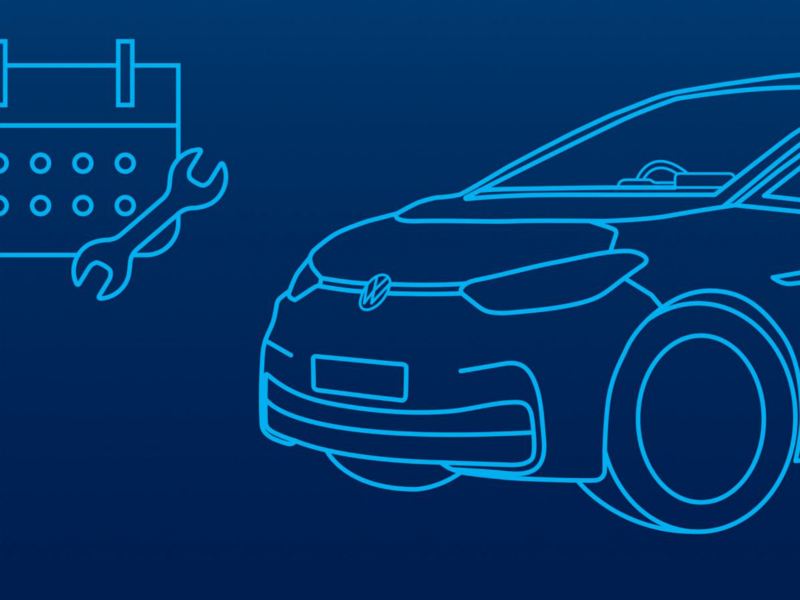nyheder
Exploring the Electric Power Series: Uncovering the Wonders of Electricity
Author: ZYG Power Module Time: 2023-8-26
Electricity is an integral part of our daily lives, powering our homes, devices, and industries. It has become such a fundamental necessity that we often take it for granted. However, behind the flick of a switch lies a fascinating world of science and innovation. In this article, we will delve into the wonders of electricity and explore the electric power series that drives our modern society.
At its most basic level, electricity is the flow of electric charge. This charge is carried by tiny particles called electrons, which exist in all matter. The movement of these electrons creates an electric current, and it is this flow of charges that powers our lives. But how exactly does electricity work?
The fundamental concept behind electricity is based on the behavior of atoms. Every atom consists of a nucleus, containing positively charged protons and neutral neutrons, surrounded by negatively charged electrons. Normally, atoms have an equal number of protons and electrons, making them electrically neutral. However, when electrons are stripped away or added to an atom, it becomes positively or negatively charged, respectively.
Electricity is generated when a potential difference, or voltage, is created between two points. This voltage can be produced by various means, such as chemical reactions, magnetism, or mechanical motion. Once the voltage is established, it pushes the electrons from a region of negative charge (the source) towards a region of positive charge (the load). This flow of electrons is what we commonly refer to as an electric current.
The electric power series is a term used to describe the different sources and forms of electricity. The series begins with the primary sources of electricity generation, such as fossil fuels, nuclear energy, and renewable sources like solar and wind. These sources are used to produce electricity on a larger scale through power plants.
Power plants generate electricity by converting a primary energy source into mechanical energy. For example, in a coal-fired power plant, coal is burned to heat water and produce steam. The steam then drives a turbine, which spins a generator to produce electricity. Similarly, in a nuclear power plant, the heat generated by nuclear reactions is used to produce steam and generate electricity.
Once electricity is generated, it is transmitted through an extensive network of power lines, transformers, and substations. This transmission system ensures that electricity reaches homes, businesses, and industries. However, before it can be used by consumers, the electricity goes through a process called distribution. Distribution involves stepping down the voltage through distribution transformers, making it safe for consumption.
At the consumer level, electricity powers a wide range of devices and appliances. From lighting up our homes to charging our smartphones, electricity is a vital part of our everyday lives. It also plays a critical role in industries, powering machinery, production lines, and facilitating technological advancements.
Electricity has paved the way for countless innovations and advancements. It has revolutionized transportation with electric vehicles, making them a sustainable alternative to fossil fuel-powered cars. Additionally, the development of renewable energy sources has led to a greener and more environmentally friendly approach to electricity generation.

As we rely more on electricity, it becomes crucial to use it efficiently and responsibly. Energy conservation and sustainability are essential to ensure a reliable and environmentally friendly power supply. This can be achieved through practices such as using energy-efficient appliances, adopting renewable energy sources, and promoting awareness about responsible energy consumption.
The electric power series is a fascinating exploration of the wonders of electricity. From its basic principles to its generation, transmission, and utilization, electricity plays a significant role in powering our daily lives and driving our modern society. Understanding the science behind electricity and adopting sustainable practices will pave the way for a brighter and more sustainable future.
Tidligere: DM Series DC DC Power Supply manufacture
Næste: China ZP Series: A Powerful AC DC Converter for All Your Energy Conversion Needs
relevant information
-
2023-3-13
Engros AC-DC strømforsyning: Opfylder kravene fra moderne industrier
In today's world, industries are reliant on electrical power to operate their systems and machinery. AC-DC power supplies are used to convert alternating current (AC) to direct current (DC), which is essential for most industrial processes. Wholesale AC-DC power supply suppliers cater to businesses that require these supplies in bulk quantities. Here are some of the ways wholesale AC-DC power supply is meeting the demands of modern industries. High efficiency: AC-DC power supplies are designed to be highly efficient, converting power with minimal losses. This results in energy savings and reduces the carbon footprint of the industry. High reliability: The quality of the power supply determines the reliability of the industrial processes. Wholesale AC-DC power supplies are tested...
Se detaljer -
2022-8-15
Hvis du vil designe et strømmodul, hvilke aspekter skal du så overveje?
Hvis du er en skiftende strømforsyningstekniker, behøver du ikke læse introduktionen til strømmodulet. Når du stadig er nybegynder eller lærer mikrocontrollerdesign, er det bedst at se ned ord for ord. Fordelene ved at vælge et strømmodul På nuværende tidspunkt har forskellige distributører frigivet en række forskellige strømmoduler på salgsmarkedet, men arbejdsspændingen, effekt, funktion og topologi for forskellige produkter er ikke ens. At vælge et strømmodul sparer tid til udviklingsdesign og muliggør en hurtig time-to-market, så et strømmodul foretrækkes frem for en integreret løsning. 1. Hvert kontrolmodul kan testes grundigt i forskellige aspekter for at sikre, at dets billedformat er pålideligt,...
Se detaljer -
2023-5-7
AC-DC Converter Module: Converting Alternating Current to Direct Current
Introduction An AC-DC converter module, also known as a rectifier, is an electronic device used to convert alternating current (AC) to direct current (DC). This module is used in a wide range of applications where DC power is required, such as in electronic devices, power supplies, and motor control systems. Working Principle The AC-DC converter module works by using a diode bridge circuit to convert the AC input voltage to a pulsating DC voltage. A diode is a semiconductor device that allows current to flow in only one direction. The diode bridge circuit consists of four diodes arranged in a bridge configuration, which allows the AC voltage to pass through the circuit and produce a pulsating DC voltage at the...
Se detaljer -
2023-6-4
The XXYY Series DC DC Converter is a high-performance electronic device that is widely used in various industrial applications to convert a direct current (DC) voltage from one level to another. This device is designed to provide a stable and reliable output voltage even under extreme conditions, making it an ideal choice for applications that require a high level of precision and accuracy. The XXYY Series DC DC Converter offers a wide range of input and output voltage options, making it suitable for a variety of applications. It is commonly used in telecommunications, industrial control, power supply, and military applications. This device is highly efficient and offers excellent regulation, which ensures that the output voltage remains stable even when there...
Se detaljer -
2024-3-1
In today's era of high reliance on electronic equipment, stable and efficient power supply is the key to ensuring the normal operation of equipment. The DC-DC step-down adjustable power module, as the "energy guardian" in electronic equipment, is gradually favored by the majority of engineers and technicians. So, what exactly is the charm of this magical power module? Today, let us uncover its mystery together. What is a DC-DC step-down adjustable power module? The DC-DC step-down adjustable power module is an electronic device that reduces DC power from high voltage to low voltage and provides stable output. Compared with traditional linear regulators, DC-DC step-down modules have higher conversion efficiency and smaller size, so they are widely used in modern electronic...
Se detaljer -
2023-6-16
AC DC Power Supply Module: A Comprehensive Guide
An AC DC power supply module is an electronic device that delivers a regulated DC voltage from an AC input voltage. This type of power supply is widely used in electronic equipment, ranging from small portable devices to large industrial machinery. In this article, we will discuss the workings of an AC DC power supply module, its applications, and the different types of power supply modules available in the market. Working of an AC DC Power Supply Module: An AC DC power supply module consists of three main components: the transformer, rectifier, and filter. The transformer is used to step down the AC input voltage to a lower voltage level. The rectifier converts the AC voltage into DC voltage, and...
Se detaljer


















